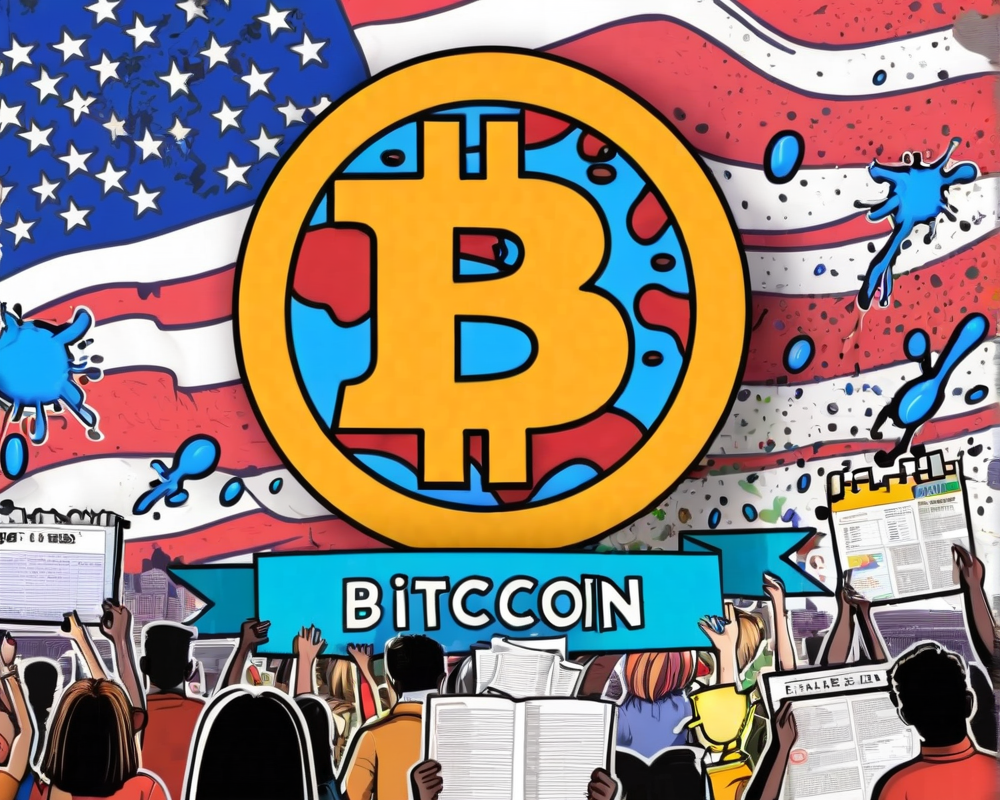FED’s Bold Move to Trim the Balance Sheet
The U.S. Federal Reserve has decided to play it cool and curb its massive $8.9 trillion balance sheet by stopping billions in treasuries and bond purchases. Launched in June 2022, this decision coincided with a worrying downturn: the total crypto market cap had a meltdown, plummeting below $1.2 trillion for the first time since January 2021. Have we entered some kind of financial Twilight Zone?
Russell 2000: Reeling and Recovering
Meanwhile, the Russell 2000 index hit an all-time low at 1,650 points on June 16, falling to levels we hadn’t seen since the good ol’ days of November 2020. The silver lining? Since then, it bounced back up a generous 16.5%. On the flip side, the crypto market is still lost, desperately searching for the $1.2 trillion jackpot. It seems the markets are on different life tracks – one is climbing Mount Everest while the other is still looking for the base camp.
The Inflation Struggle: A Bitter Pill to Swallow
The Federal Reserve isn’t just waking up from a long nap; they are firing on all cylinders to combat inflation. From January 2020 to February 2022, the FED pumped an additional $4.7 trillion into bonds and mortgage-backed securities. Surprise! The result was a whopping 40-year high in inflation. In June, U.S. consumer prices surged by 9.1% compared to last year. Not the kind of news President Joe Biden was looking forward to hearing, describing the inflation data as “unacceptably high.” This led Federal Reserve Chair Jerome Powell to declare war on inflation, aiming for a calm and stable 2%. Sounds like a manageable goal, right?
Cash Abundance or Cash Trouble?
In a quirky twist of financial fate, financial institutions are facing a bit of a cash abundance conundrum. Ever heard of a “repurchase agreement” (repo)? It’s like a short-term money game where securities are traded for a cool overnight funding rate. Now throw in the wild card: reverse repos, where cash gets lent to the FED in return for U.S. Treasuries. Hedge funds and big-time financial players are participating, but if they’re hesitant to lend out cash effectively, what’s the point of stacking it up? Kind of like hoarding on a reality show — it looks impressive but may not be useful.
What’s Next for All That Cash?
The Overnight Reverse Repo Facility recently hit a breathtaking $2.3 trillion. While it sits there, investors are sweating under the simmering heat of inflation. Holding onto that much cash could lead to slow and painful losses in the future, much like investing in that friend’s terrible startup. The great mystery lies in whether that cash will eventually flow into riskier assets or stay in hiding. Investors will have to make tough decisions between safe play or seeking out higher returns. Are they daring enough to wade into the murky waters of cryptocurrencies and volatile assets? It’s a waiting game, folks! Keep your eyes peeled, because when inflation starts to calm down, we might just see that $2.3 trillion splashing into real estate, bonds, or – dare I say – crypto!




